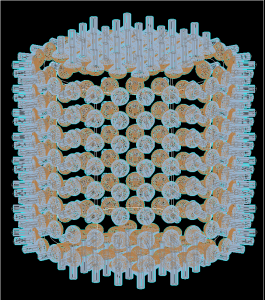Experimental Neutrino Physics Group
The experimental neutrino physics group is involved in three experiments around the world, described below. Our research involves the study of fundamental subatomic particles called neutrinos. In particular our current research focuses on the flavor oscillations of neutrinos using accelerator-generated neutrino beams. We have active efforts on detector hardware and data analysis for these projects.
Prospective graduate students: Please contact Profs. Marino and Zimmerman if you are interested in any of these projects.
Current Group Members
- Faculty: Alysia Marino and Eric D. Zimmerman
- Postdocs: Andrew Cudd and Lu Ren
- PhD Students: Kyle Allison, Yash Chandak, Michael Reh, and Brooke Schuld
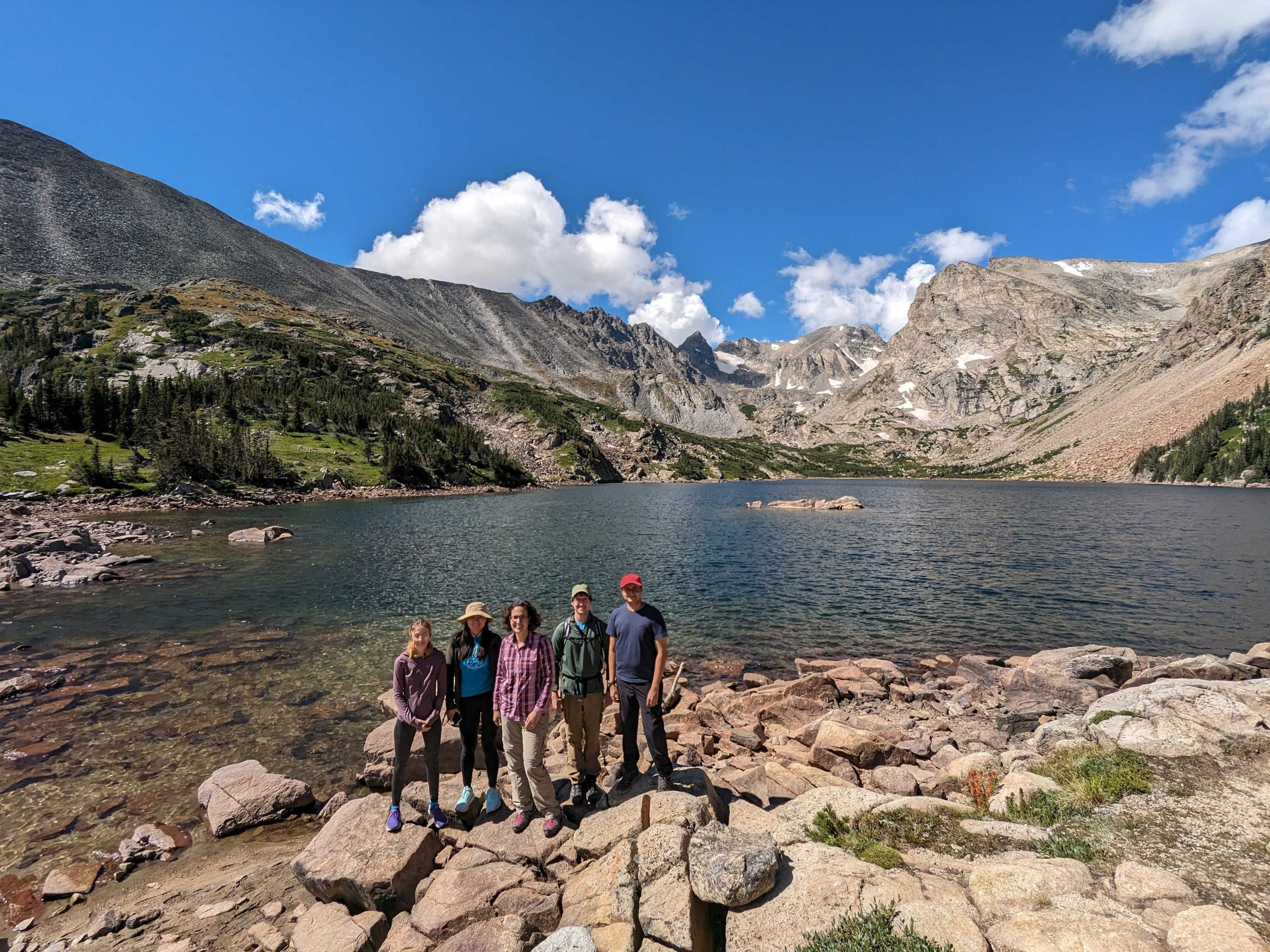
T2K
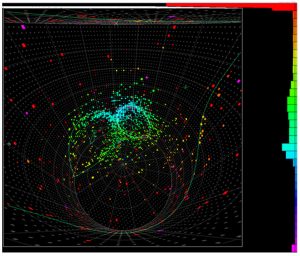 The T2K experiment is a neutrino oscillation experiment in which neutrinos are produced at J-PARC and detected by the Super-Kamiokande detector, 295 km away in the Kamioka mine. In 2013, the T2K experiment discovered conclusive evidence for the appearance of electron neutrinos in a beam of muon neutrinos, indicating a non-zero value of θ13. The CU T2K group two faculty members Alysia Marino and Eric Zimmerman have led the effort to build several focusing horns for the neutrino beam and are involved in many areas of physics analysis for both the near and far detectors. Colorado hosts a T2K computing center.
The T2K experiment is a neutrino oscillation experiment in which neutrinos are produced at J-PARC and detected by the Super-Kamiokande detector, 295 km away in the Kamioka mine. In 2013, the T2K experiment discovered conclusive evidence for the appearance of electron neutrinos in a beam of muon neutrinos, indicating a non-zero value of θ13. The CU T2K group two faculty members Alysia Marino and Eric Zimmerman have led the effort to build several focusing horns for the neutrino beam and are involved in many areas of physics analysis for both the near and far detectors. Colorado hosts a T2K computing center.
NA61/SHINE
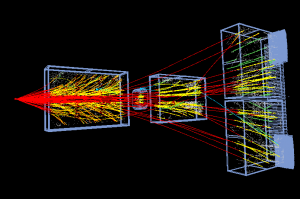 The NA61/SHINE experiment is a large-acceptance fixed-target detector located at CERN. The detector allows researchers to make precise measurements of the production of hadrons from proton interactions that help us better understand the flux of neutrinos generated by protons in accelerator-generated neutrino beams such as those used for T2K and DUNE. The CU NA61/SHINE group has two faculty members: Alysia Marino and Eric Zimmerman.
The NA61/SHINE experiment is a large-acceptance fixed-target detector located at CERN. The detector allows researchers to make precise measurements of the production of hadrons from proton interactions that help us better understand the flux of neutrinos generated by protons in accelerator-generated neutrino beams such as those used for T2K and DUNE. The CU NA61/SHINE group has two faculty members: Alysia Marino and Eric Zimmerman.
DUNE
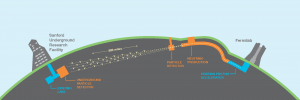 DUNE is a proposed long-baseline neutrino oscillation experiment that would involve a new neutrino beam from Fermilab to the Sanford Underground Research Facility (SURF) in the former Homestake gold mine in South Dakota. The CU DUNE group (led by Alysia Marino and Eric Zimmerman) is primarily focused on the design and development of the DUNE near detector, both the ND-LAr liquid argon detector and a potential Phase 2 gaseous argon detector.
DUNE is a proposed long-baseline neutrino oscillation experiment that would involve a new neutrino beam from Fermilab to the Sanford Underground Research Facility (SURF) in the former Homestake gold mine in South Dakota. The CU DUNE group (led by Alysia Marino and Eric Zimmerman) is primarily focused on the design and development of the DUNE near detector, both the ND-LAr liquid argon detector and a potential Phase 2 gaseous argon detector.
EOS
The EOS experiment seeks to perform a demonstration of event reconstruction using both Cherenkov and scintillation signals. The CU EOS group is led by Eric Zimmerman.
Delivery Address:
Department of Physics
Duane Physics E1B32
2000 Colorado Ave
Boulder, CO 80309-0390
Mailing Address:
Department of Physics
390 UCB
University of Colorado
Boulder, CO 80309-0390
Phone: (303) 492-1228
Fax: (303) 492-5119
Directions and Parking
About us
University of Colorado Boulder
© Regents of the University of Colorado
Privacy
Legal & Trademarks

